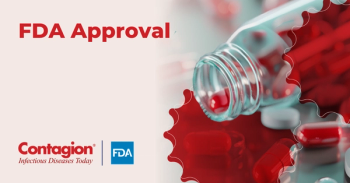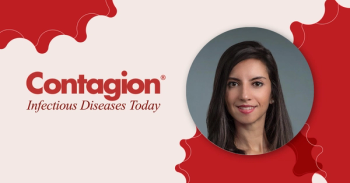
Symptom and Viral Rebound in Untreated COVID-19 Patients
COVID-19 symptom or viral rebound in the absence of antiviral treatment is common, but the combination of symptom and viral relapse is rare.
As new COVID-19 variants emerge, the prevalence of
Rebound of COVID-19 virus and symptoms is a substantial concern, especially in COVID-19 patients who are older or otherwise immunocompromised. In addition to the burden on patients’ health, rebound COVID-19 infection further strains already limited hospital resources.
Rebound of both symptoms and viral load after treatment with Pfizer’s
Recent
The investigators conducted a retrospective analysis of participants who received placebo in the randomized, placebo-controlled trial, ACTIV-2/A5401 (Adaptive Platform Treatment Trial for Outpatients With COVID-19). The included 563 participants recorded the severity of 13 COVID-19 symptoms daily between days 0-28, and nasal swabs were collected for COVID-19 RNA testing on days 0-14, 21, and 28.
“Symptom rebound” was defined as a 4-point increase in total symptom score after improvement, at any time after study initiation. “Viral rebound” was defined as an increase of at least 0.5 log10 RNA copies/mL, to a viral load of 3.0 log10 copies/mL or higher. High-level viral rebound was defined as an increase of at least 0.5 log10 RNA copies/mL to a viral load of 5.0 log10 copies/mL or higher.
The investigators found that symptom rebound occurred in 26% of participants at a median of 11 days after initial symptom onset. Viral rebound was detected in 31% of participants, and high-level viral rebound was observed in 13% of participants.
However, most of the symptom and viral rebound events were transient, as 89% of symptom rebound and 95% of viral rebound events occurred at only a single time point before improving. Combined symptom and high-level viral rebound were observed in only 3% of participants.
The study concluded that COVID-19 symptom or viral relapse in the absence of antiviral treatment is common, but the combination of symptom and viral rebound is rare. However, it is essential to note that the study was conducted in a largely unvaccinated population infected with pre-Omicron variants. Therefore, the findings may not be applicable to other populations or more recent strains of the virus.
Overall, the study provides valuable insights into the natural course of COVID-19 and highlights the importance of monitoring symptoms and viral load in infected individuals, particularly in the absence of treatment. The study authors believe these results can inform the development of effective treatment strategies and management guidelines for COVID-19 patients.
Newsletter
Stay ahead of emerging infectious disease threats with expert insights and breaking research. Subscribe now to get updates delivered straight to your inbox.




















































































































































































































































































